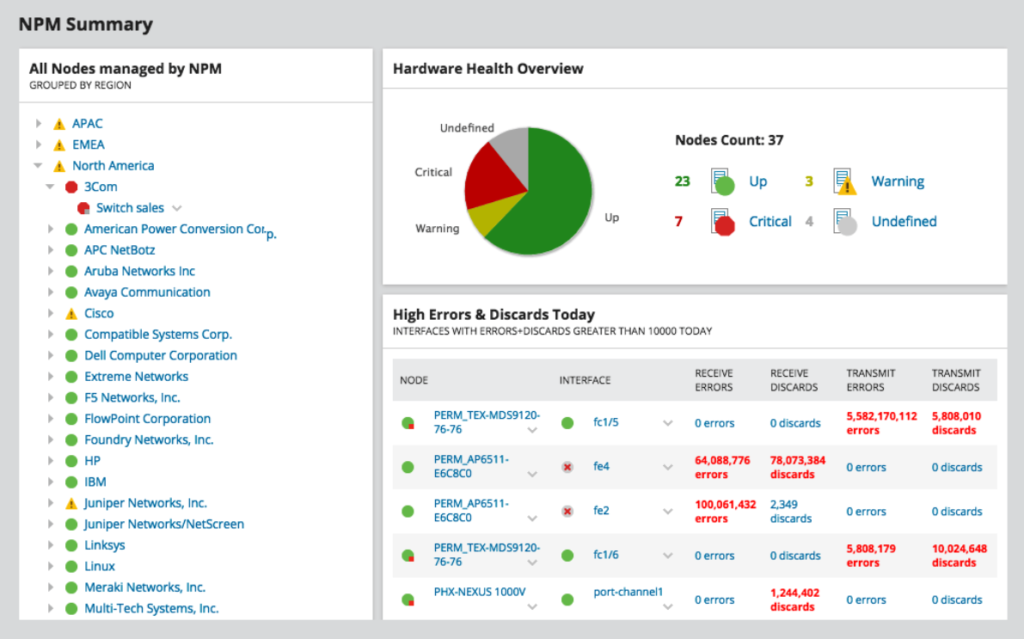Net Profit or Net Loss in the retained earnings formula is the net profit or loss of the current accounting period. For instance, in the case of the yearly income statement and balance sheet, the net profit as calculated for the current accounting period would increase the balance of retained earnings. Similarly, in case your company incurs a net loss in the current accounting period, it would reduce the balance of retained earnings. Since all profits and losses flow through retained earnings, any change in the income statement item would impact the net profit/net loss part of the retained earnings formula.
It also indicates that a company has more funds to reinvest back into the future growth of the business. Yes, having high retained earnings is considered a positive sign for a company’s financial performance. To simplify your retained earnings calculation, opt for user-friendly accounting software with comprehensive reporting capabilities.
Retained earnings vs. reserves
There are plenty of options out there, including QuickBooks, Xero, and FreshBooks. It is a key indicator of a company’s ability to generate sales and it’s reported before deducting any expenses. Positive retained earnings signify financial stability and the ability to reinvest in the company’s growth. This usually gives companies more options to fund expansions and other initiatives without relying on high-interest loans or other debt.
- So, each time your business makes a net profit, the retained earnings of your business increase.
- Instead, the retained earnings are redirected, often as a reinvestment within the organization.
- The purpose of releasing a statement of retained earnings is to improve market and investor confidence in the organization.
- However, this creates a potential for tax avoidance, because the corporate tax rate is usually lower than the higher marginal rates for some individual taxpayers.
- Recent discussions with industry have confirmed that a solution for digitising RAS, that could be delivered for April 2025, would not meet the needs of the largest schemes.
- Where retained earnings prove vital is that business owners can choose to plough it back into the business, or to pay-off balance sheet debts.
An older company will have had more time in which to compile more https://intuit-payroll.org/best-personal-finance-software-of-2023/s. Conversely, a new one may have negative retained earnings, since it has incurred losses while building up a customer base. While a t-shirt can remain essentially unchanged for a long period of time, a computer or smartphone requires more regular advancement to stay competitive within the market. Hence, the technology company will likely have higher retained earnings than the t-shirt manufacturer. The purpose of releasing a statement of retained earnings is to improve market and investor confidence in the organization.
Are there any disadvantages of retained earnings calculations?
At the end of the current year, the company has $1,550,000 of What is Cash Over and Short?s on hand. Now, add the net profit or subtract the net loss incurred during the current period, that is, 2019. Since company A made a net profit of $30,000, therefore, we will add $30,000 to $100,000. Retained earnings can be used to pay off existing outstanding debts or loans that your business owes. Revenue and retained earnings are correlated since a portion of revenue ultimately becomes net income and later retained earnings. NetSuite has packaged the experience gained from tens of thousands of worldwide deployments over two decades into a set of leading practices that pave a clear path to success and are proven to deliver rapid business value.
But, more than this, those who want to invest in your business will expect you to understand its importance because they’re investing not only in your business but also in you. And there are other reasons to take The accounting equation Student Accountant Studentss seriously, as explained below. Similarly, the iPhone maker, whose fiscal year ends in September, had $70.4 billion in retained earnings as of September 2018. Yarilet Perez is an experienced multimedia journalist and fact-checker with a Master of Science in Journalism.
Retained Earnings Explained
One piece of financial data that can be gleaned from the statement of retained earnings is the retention ratio. The retention ratio (or plowback ratio) is the proportion of earnings kept back in the business as retained earnings. The retention ratio refers to the percentage of net income that is retained to grow the business, rather than being paid out as dividends. It is the opposite of the payout ratio, which measures the percentage of profit paid out to shareholders as dividends. As stated earlier, retained earnings at the beginning of the period are actually the previous year’s retained earnings.
These are the long term investors who seek periodic payments in the form of dividends as a return on the money invested by them in your company. From a more cynical view, even positive growth in a company’s retained earnings balance could be interpreted as the management team struggling to find profitable investments and opportunities worth pursuing. Retained earnings are left over profits after accounting for dividends and payouts to investors. If dividends are granted, they are generally given out after the company pays all of its other obligations, so retained earnings are what is left after expenses and distributions are paid. Since net income is added to retained earnings each period, retained earnings directly affect shareholders’ equity.

Leave a Reply